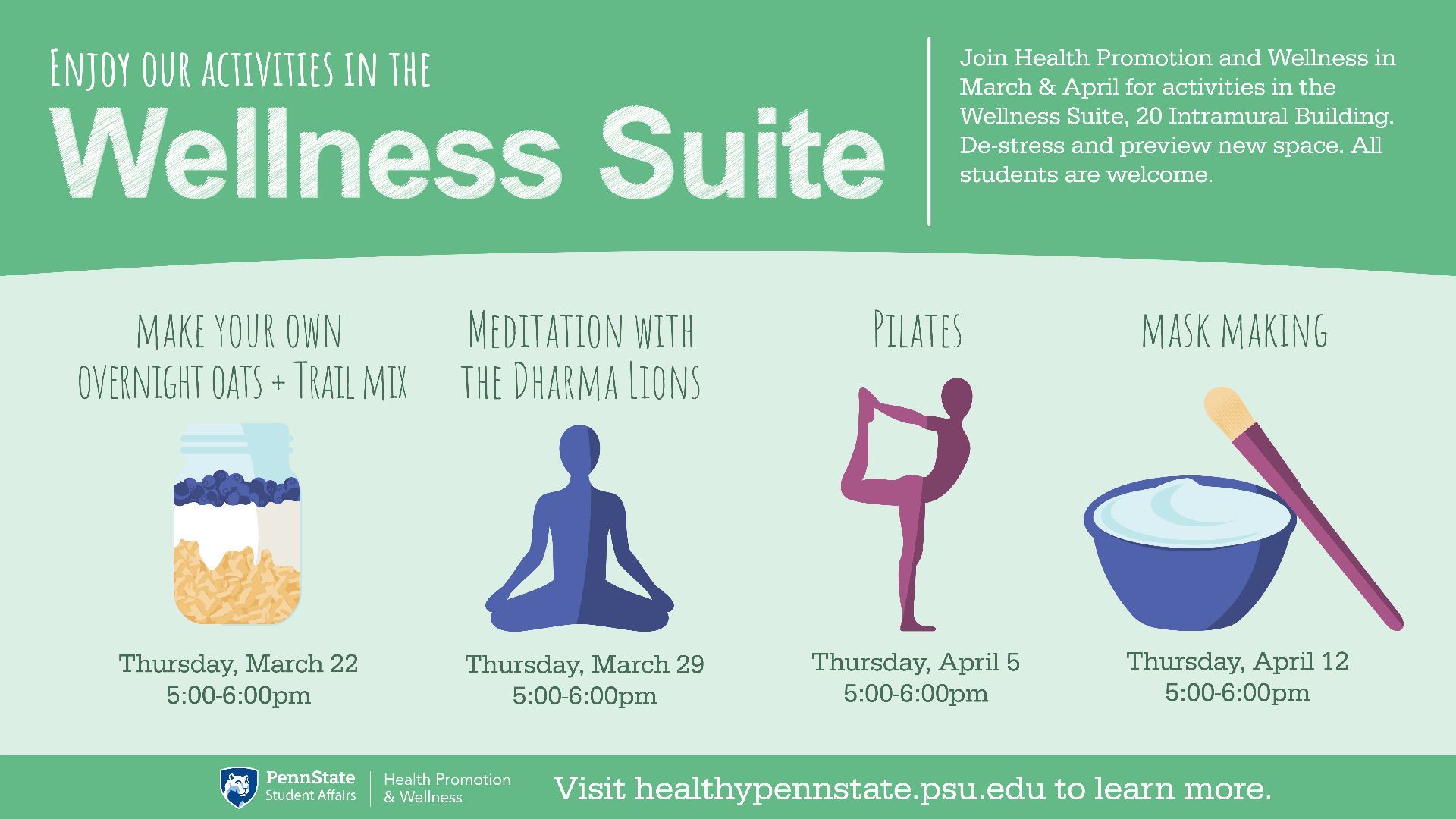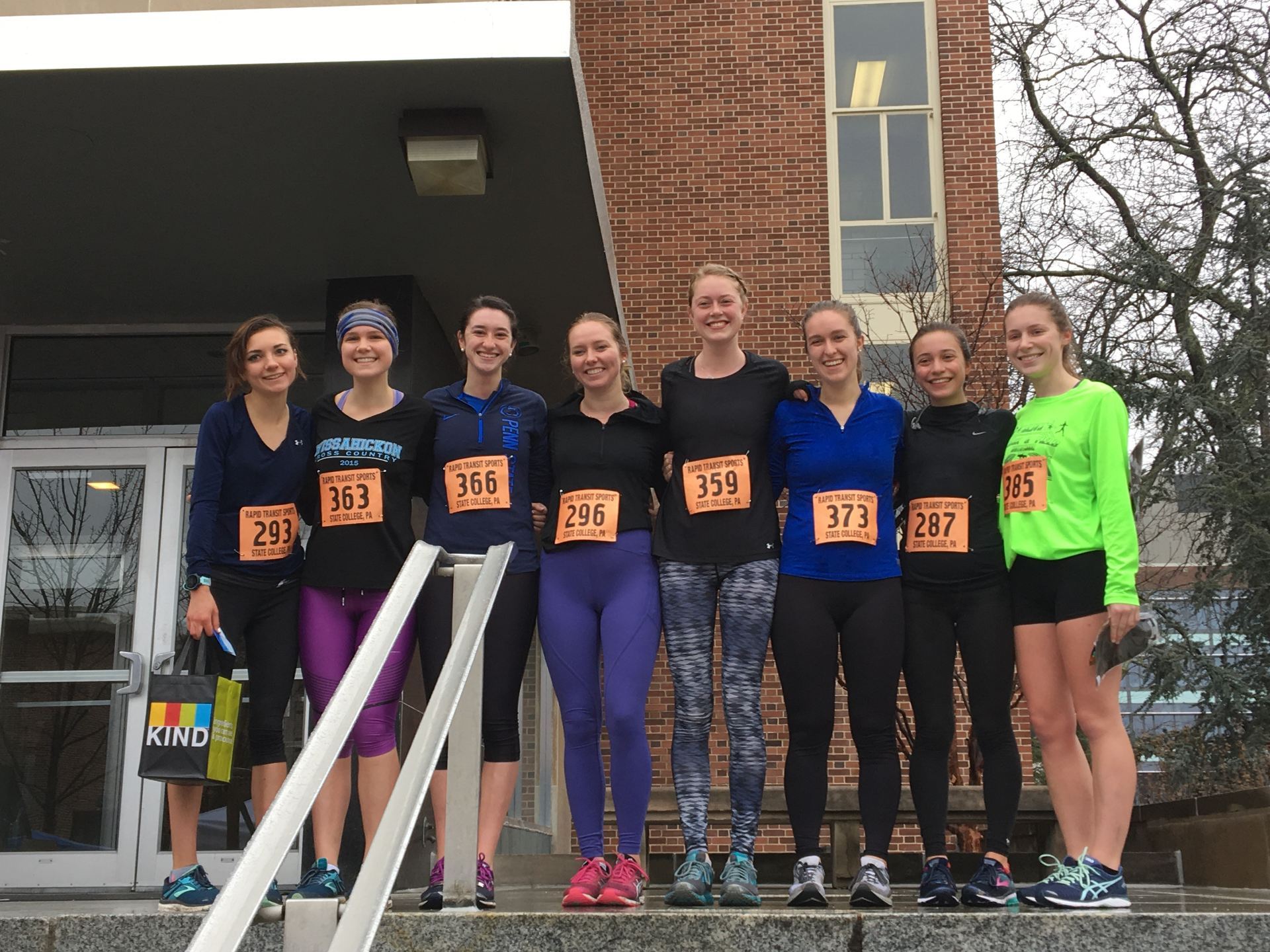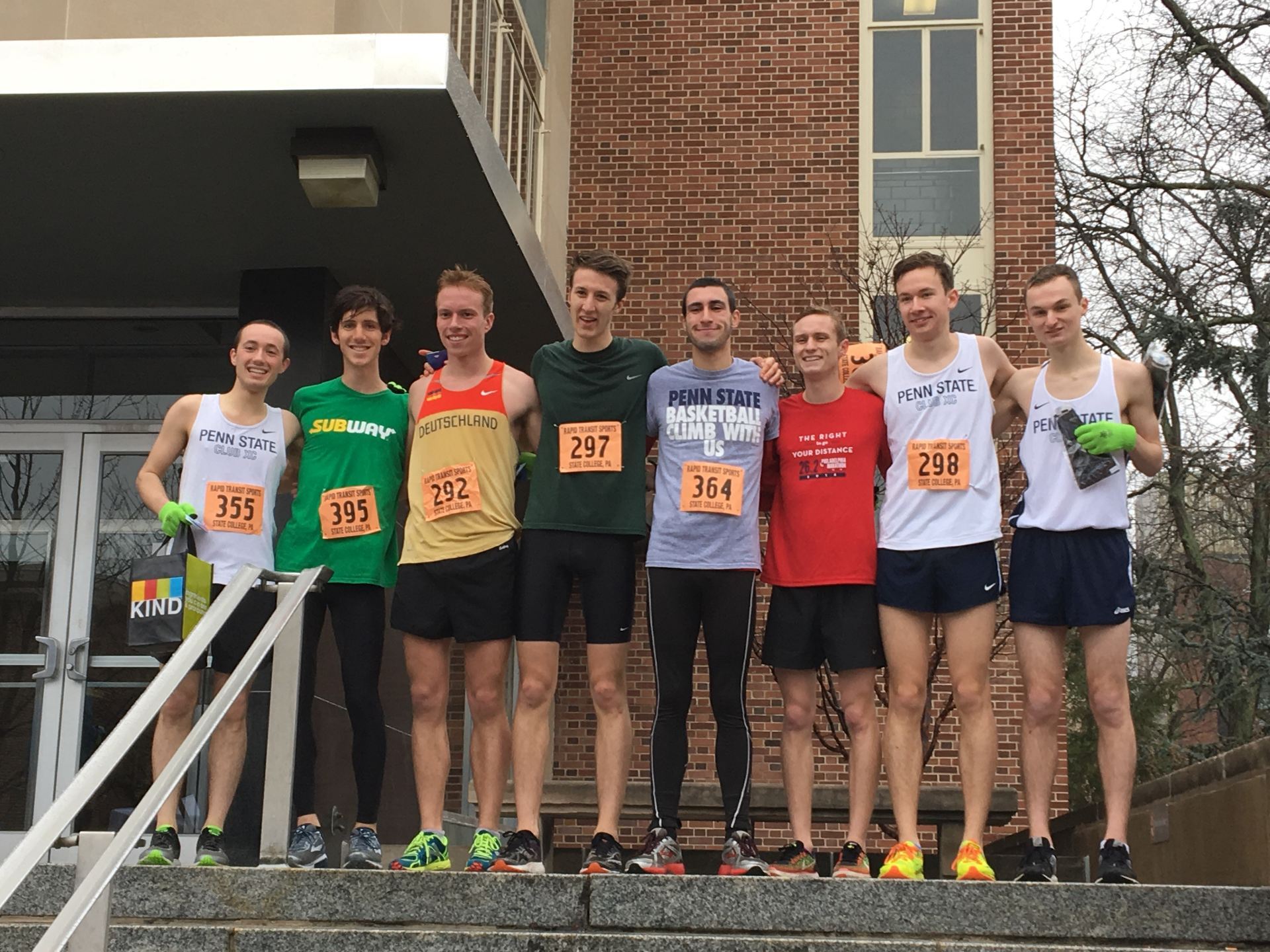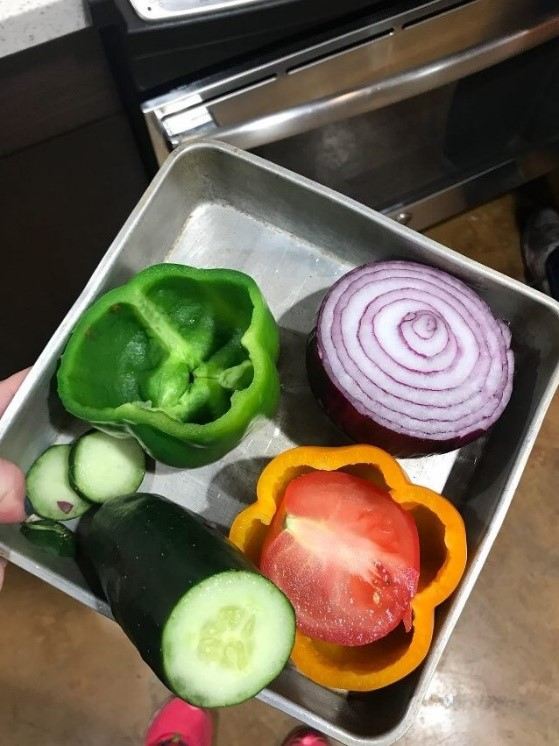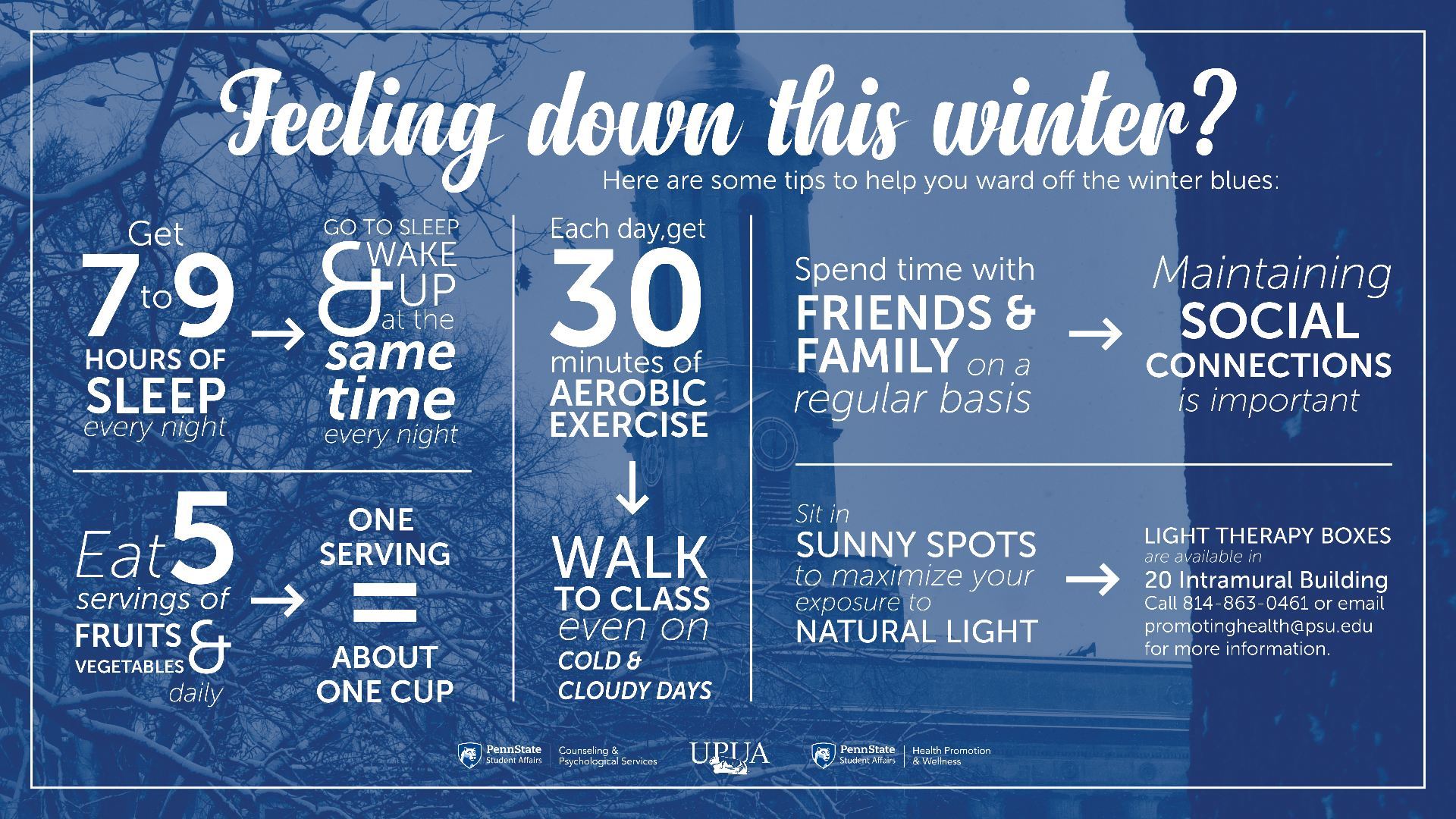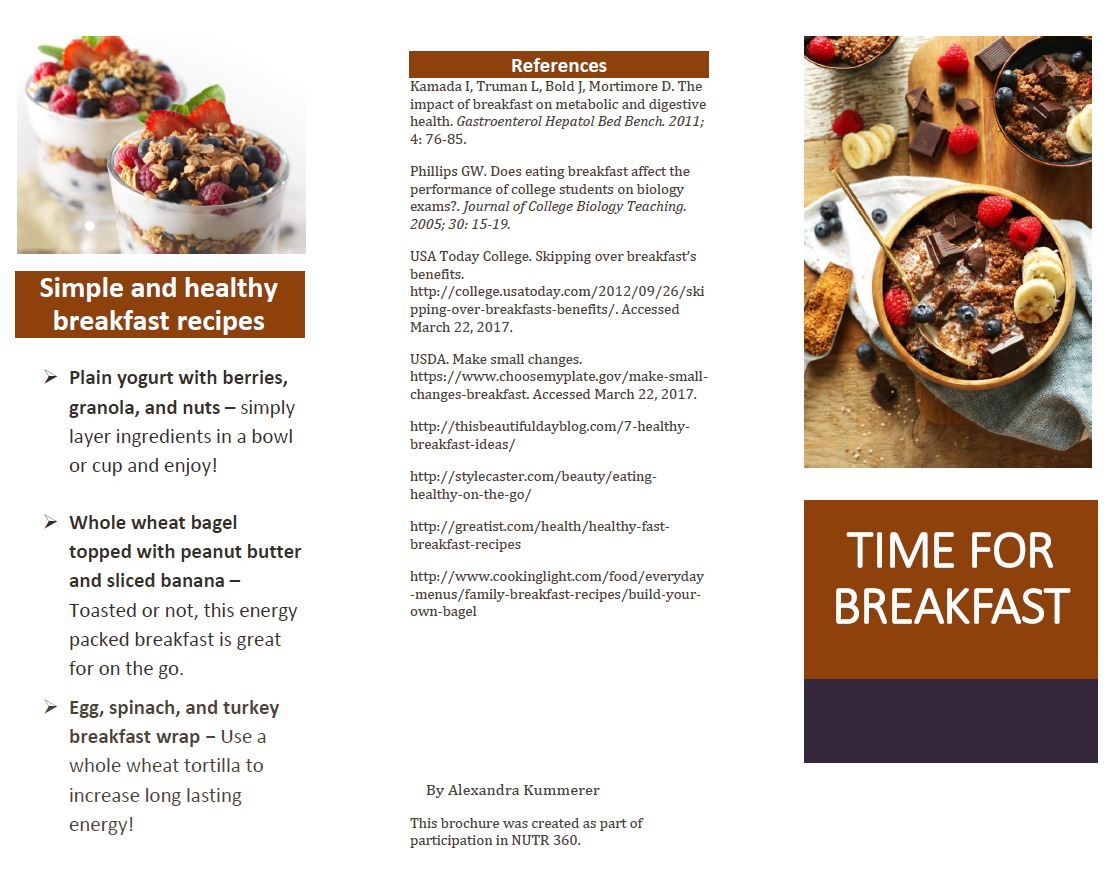Justin Rosenstein is a social media trailblazer. Living in Silicon Valley, this 34-year-old former Facebook and Google executive was one of the co-creators of Facebook’s transcendent “like button”, which has now been altered to fit other social media sites such as Twitter and Instagram. Rosenstein, along with a growing number of executives in the social media business, are ditching their use of social media. He went as far as to set parental controls to block his ability to download social media apps on his phone, and set rigid limits on his Facebook use (1). Why are some of the developers of social media sites ditching their accounts on those sites? They see how addictive social media can be, and witness firsthand the negative outcomes of too much time spent on it.
Suren Ramasubbu has done extensive work related to parental controls for social media. He claims that, “neuroimaging studies have shown that three networks in the brain may be stimulated when using social media: the “mentalizing network”, “the self-referential cognition network” and the “reward network” (2). Research shows that the mentalizing network of the brain is used as a “social lens”; when the brain is not actively engaged in something, it tends to start focusing on other people (3). This is a function of the brain that allows us to have empathy and also make judgements about others (3). The self-referencing network of the brain is used to think about ourselves, whether that be comparing ourselves to others or simply talking about ourselves. The percentage of time we spend doing this doubles on social media compared to all speech (2). It is easy to see how this network can be stimulated by the use of social media. The mentalizing and self-reference network contributes to the often compulsive checking of social media. Dopamine is the hormone responsible for this “want” feeling. Ramasubbu tells us that, “dopamine is released by unpredictability, by small bits of information, and by reward cues, all of which are characteristics of social media use” (1). Social media acts on the brain’s reward network and dopamine levels, through a constant supply of social rewards in the form of “likes” and other interactions similar to them (2). The more “likes” someone receives on a post, the more the reward network is stimulated, causing its users to crave more of that stimulation. Chris Marcellino, a contributor to the invention of notification “badges” for Apple, claims, “These are the same circuits that make people seek out food, comfort, heat, sex,” (1) showing just how much social media addiction can be ingrained in our brain’s hardware.
Excessive time spent on social media (often estimated somewhere around two hours per day) has shown to be an implicating factor in higher levels of stress, worse mood, higher rates of anxiety, worse academic performance, and lowering the body’s production of melatonin, leading to poor sleep quality (4). If you are looking for ways to help reduce your time on social media, look out for more tips from Healthy Penn State’s Unplug campaign. Visit the Wellness Suite in 20 IM Building to Unplug and enjoy activities like coloring.
This article was written by HealthWorks member, Steve Driscoll.
- Lewis, Paul. “’Our Minds Can Be Hijacked’: the Tech Insiders Who Fear a Smartphone ” The Guardian, Guardian News and Media, 6 Oct. 2017, www.theguardian.com/technology/2017/oct/05/smartphone-addiction-silicon-valley-dystopia
- Ramasubbu, Suren. “Biological & Psychological Reasons for Social Media Addiction.”The Huffington Post, TheHuffingtonPost.com, 13 Mar. 2017, https://www.huffingtonpost.com/entry/biological-psychological-reasons-for-social-media_us_58c279a7e4b0c3276fb78388
- Spunt, Robert P., et al. “The Default Mode of Human Brain Function Primes the Intentional Stance.” Journal of Cognitive Neuroscience, vol. 27, no. 6, 2015, pp. 1116–1124., doi:10.1162/jocn_a_00785.
- Brown, Jessica. “Is Social Media Bad For You? The Evidence and the Unknowns.” BBC, 5 Jan. 2018, www.bbc.com/future/story/20180104-is-social-media-bad-for-you-the-evidence-and-the-unknowns.
